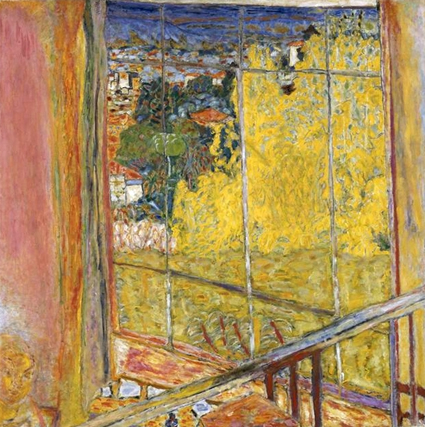Late in life, the painter Pierre Bonnard bought a modest two-storey house on the Cote d'Azur. There he was to paint some of the most moving pictures of the century. On the eve of a major Bonnard show at the TateGallery, Andrew Graham-Dixon visits the Villa du Bosquet, almost unaltered, and alive with traces of the great works.
On 27 January 1926, Pierre Bonnard paid 50,000 francs for a house in the village of Le Cannet, on the Cote d'Azur, and the purchase was duly set down in the notarial records of the time: "A property planted with orange trees, containing a two-storey house and two reservoirs fed by the water of the Canal de la Sciagne, situated in the Avenue Victoria." The modest dwelling was somewhat grandiloquently named the Villa du Bosquet. It was here that the artist whom Henri Matisse once described as "the greatest of us all" chose to pass much of the rest of his life. He was 60 years old.
Bonnard's neighbours were, in the main, retired members of the professional classes: bank managers and lawyers and tax inspectors and their wives, come to the South of France in order to decline, as slowly as possible, under cloudless skies. Bonnard, an anarchist in his youth, successfully disguised himself as just another petit-bourgeois. A year before he moved to Le Cannet, he had finally married his lover and model of more than 30 years, Marthe de Meligny. Now he tended his garden and cultivated a vaguely Chaplinesque pencil moustache which, together with his slight and stoop-shouldered frame, gave him a reserved and melancholy air. Henri Cartier-Bresson took a picture of him at around this time. Bonnard, who has a lapdog on his knee, looks like a civil servant put out to grass. Contrary to appearances...

Chez Bonnard: the home that shaped the master
31-01-1998

